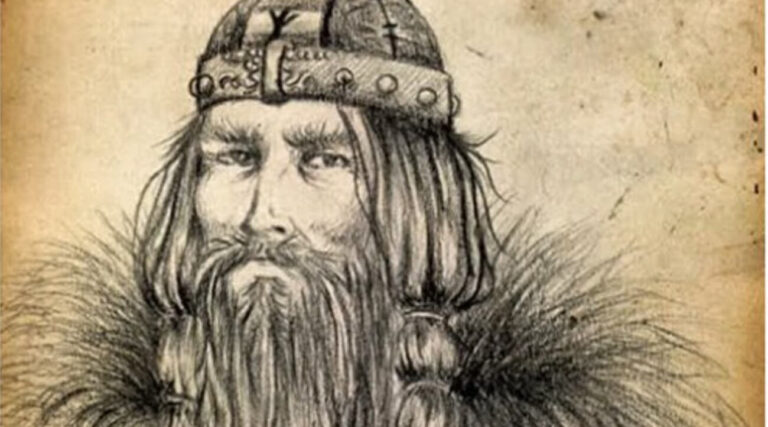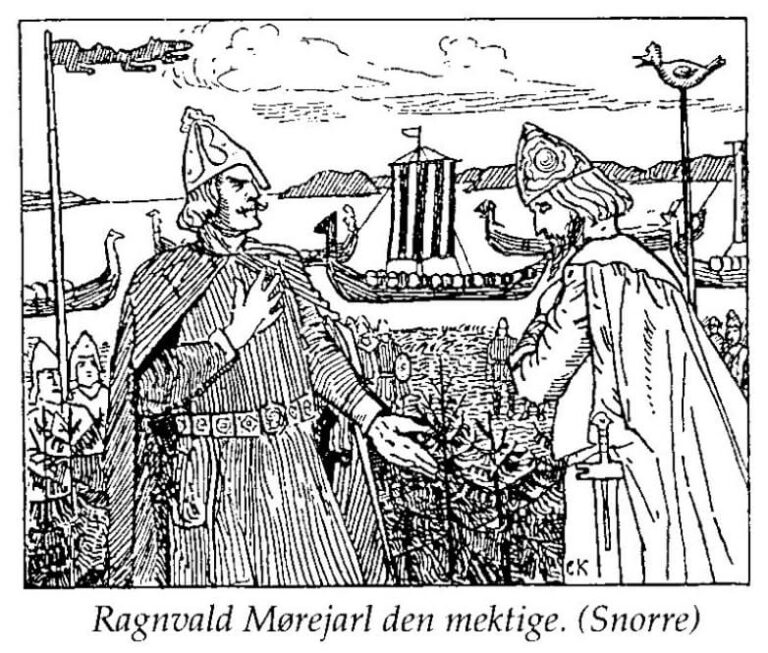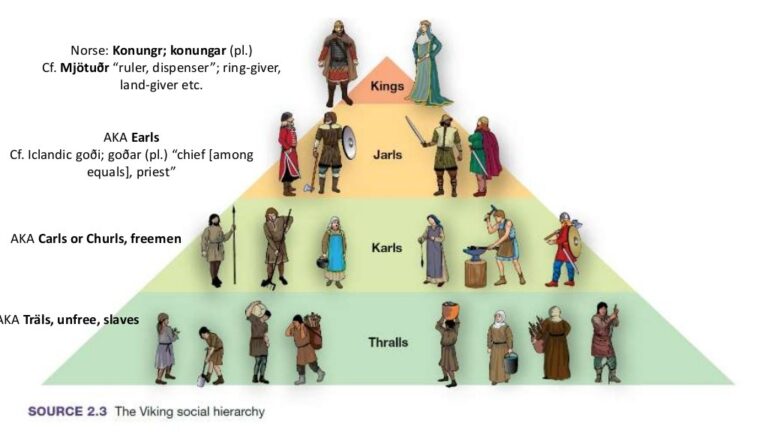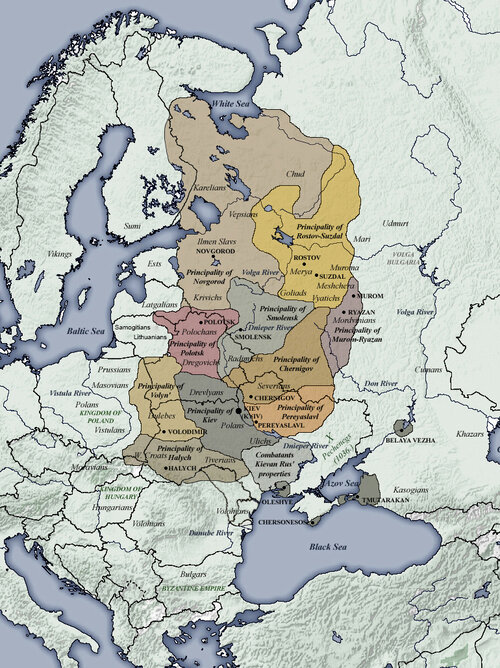With COVID-19 spreading globally, and with what looked to be a reference to a plague in the first season of the History Channel’s VIKINGS, it made me wonder about diseases during the Viking Age and whether early Scandinavians (who I will call the Vikings) ever dealt with a pandemic. As it turns out, they did…sort of.
You could say this about many periods in history, but the Viking Age was not an easy time to live. Scandinavian winters, food shortages, dirty living conditions near animals and rodents, raids and fighting, and a lack of hygiene (when compared to today) created conditions that combined to ensure Vikings did not live longer than 35-50 years of age. In fact, it was a rarity if someone did live longer than 50 years, which throws into question the age of the famous Viking king, Harald Fairhair, who is purported to have lived into his 80s. But that is a story for another day.
Rather than focus on some of the grim daily diseases from which Vikings suffered, such as intestinal worms, liver fluke, osteoarthritis, rotting teeth, battle wounds, and more, this blog post will look at those diseases that spanned kingdoms and affected entire populations.
The Justinian Plague and Vikings
The first major pandemic occurring in the time of the Vikings (barely) was the Justinian plague. Some historians believe the plague of Justinian resulted in the deaths of an estimated 25–50 million people during the two centuries of its multiple recurrences, a death toll equivalent to 13–26% of the world’s population at the time of the first outbreak. The Justinian plague petered out in ca. AD 750, just before the Vikings raided England and Western Europe, but not before the Vikings began roaming the Baltic Sea.
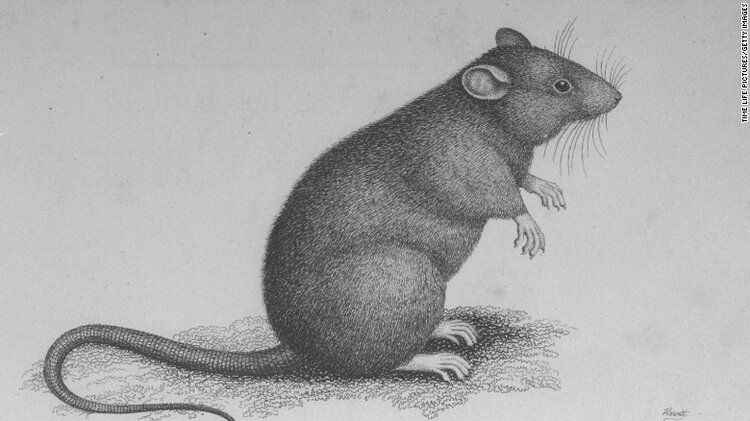
According to the International Encyclopedia of Public Health, “black rats” carrying plague-infected fleas likely brought the disease to Constantinople from Egypt aboard ships importing grain. However, those black rats did not make it as far north as Scandinavia, sparing the Vikings from the pandemic. Equally, the rats did not make it to northern France or Germany either, so despite interactions between the Vikings, Franks, Saxons, and other northern tribes, the plague did not affect the northern realms.
The Black Plague and Vikings
The so-called “Black Death” began in ca. AD 1347, when 12 ships from the Black Sea docked at the Sicilian port of Messina with a mostly dead crew. The harbormaster ordered the ships out of the harbor, but it was too late. By the end of the 14th century, nearly 50 million people, or 60% of Europe’s population, had died. Though the Viking Age had ended by this point, the former kingdoms that produced the Vikings were not immune to its wrath.

According to a 2018 story on History.com, “a team of German scientists used in-depth analysis of skeletons found in a sixth-century German cemetery to reconstruct the genome of the pathogen that caused the Justinian plague. They found that the microbe responsible for those 50 million deaths…was Yersinia pestis (Y. pestis), the same bacterium that caused the Black Death.”
Interestingly, in a CNN health report from the same year: the “University of Oslo modeled the three transmission routes for the disease — rats, airborne and human fleas and lice — using mortality data for nine outbreaks that spanned the time period of the second pandemic [the Black Plague]. Their analysis found that human ectoparasites, such as fleas, reflected the death trends most accurately.” In other words, the spread of the plague was mainly attributable to human fleas and body lice.
Whatever the exact cause, the Black Plague did not skip the former Vikings in the Nordic kingdoms as the Justinian Plague had. More international trade and population flow ensured that the plague ravaged the kingdoms of Norway, Denmark, and Sweden. According to an article titled “Population Decline and Plague in late medieval Norway”, “Population decline in the two centuries following 1350 [in Norway] has been estimated to be as much as two-thirds of the pre-plague level.” The loss of life led to a substantial weakening of the kingdom, as well as a population decline from which it took several centuries to recover.
Greenland and its Three Calamities
Greenlanders suffered three-fold during the late Middle Ages, all three of which are believed to have led to the colony’s demise. First, the climate cooled because of a volcanic eruption in Indonesia. Sea ice increased and so did ocean storms, leading to famine and crop failure. Second, the market for walrus ivory declined in part because Greenlanders over-hunted their walrus and because Europe began looking to sub-Saharan Africa for higher-quality elephant ivory. And finally, the Black Death devastated Europe. With growing competition and less to exchange for European goods — and with fewer Europeans left to buy those goods — the Greenland way of life collapsed.
Update 3.29.22: A more recent study suggests that drought rather than declining temperatures may have precipitated the coloni’s demise.
Vikings, Pandemic and Modern Times
Interestingly, and sadly, many of the factors that led to the spread of the Justinian Plague and the Black Plague in the Middle Ages are still relevant today. International trade and interconnected societies move viruses quickly. However, unlike then, we now know what causes viruses and how best to treat them.
Stay safe out there!
Sign Up
Sign up to have new blog posts and other free content delivered to you monthly!
